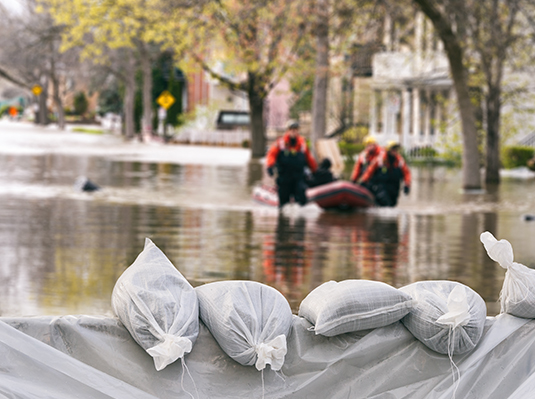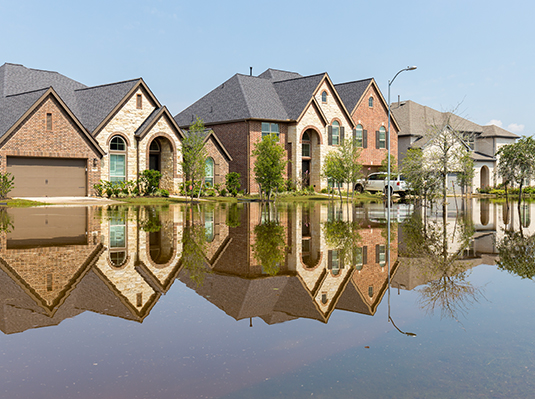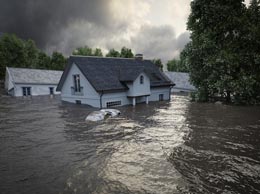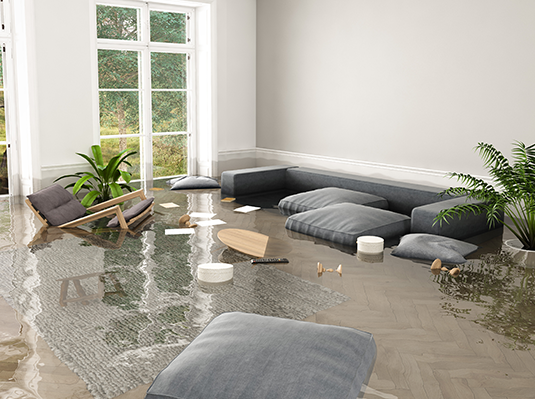
Flood - The word “Flood” is used very loosely in casual conversations. This word can be used to describe any area or item that has a considerable about of water in or on it. When it comes to insurance, the word “Flood” refers to a very specific peril. Flood is what happens when water outside of a home rises to a point that it seeps into the home. For this reason, flood water has to initiate from a source outside of the home. Broken pipes, overflowing toilets, and other indoor sources of water damage will not be considered as flood.
Flood Zone - A Flood Zone is a categorization given to a specific geographical area to define the likelihood that the area will flood. Every home in the country is located in one of these flood zones because any area has the possibility of experiencing a flood.
- B, C, and X zones are preferred or low-risk flood zones where homeowners can choose to have flood insurance
- A and V zones are high-risk flood zones where homeowners are required to keep flood insurance
Private Flood Insurance - Private Flood refers to any company outside the NFIP that provides flood insurance. These companies may offer different coverage options and benefits that the NFIP does not allow.
Waiting Period - A waiting period is the amount of time between the time that a flood insurance policy is purchased and the time when coverage is effective on the policy. In most cases, there is a mandatory 30-day waiting period for flood insurance. The reason for this is to prevent homeowners from buying flood insurance in a panic when extreme weather is approaching. The NFIP and most private flood insurance companies would much prefer that homeowners who want flood insurance keep their policies active year-round so there is no danger of not having coverage when a storm hits.
Elevation Certificate - An Elevation Certificate is a land survey in which a surveyor comes to the property and collects data points that will give an idea of how likely the home is to flood. This certificate will show the data points that an insurance agent can use to customize a flood insurance policy and secure much better rates.
Grandfather - Flood zones are subject to change every five years, so there is always the potential chance that a homeowner may go from being in a low-risk flood zone to a high-risk zone during the time that they own the home. Grandfathering allows homeowners to keep their preferred flood pricing so long as they have maintained their flood insurance policy. Grandfathering can also extend by allowing a home buyer to assume the current flood insurance policy from the seller to maintain their prior price and coverage.
Understanding the options for flood insurance is important for any homeowner whether they decide to purchase a policy or not. Hopefully, this list makes you a little more comfortable having conversations about flood insurance.
The contents of this article are for informational purposes only. You should not act or refrain from acting based on this information without first consulting a Goosehead licensed agent at [email protected]. We disclaim all liability for actions taken or not taken by you based on the contents of this article which is provided "as is." Goosehead makes no representation that this content is error-free.


